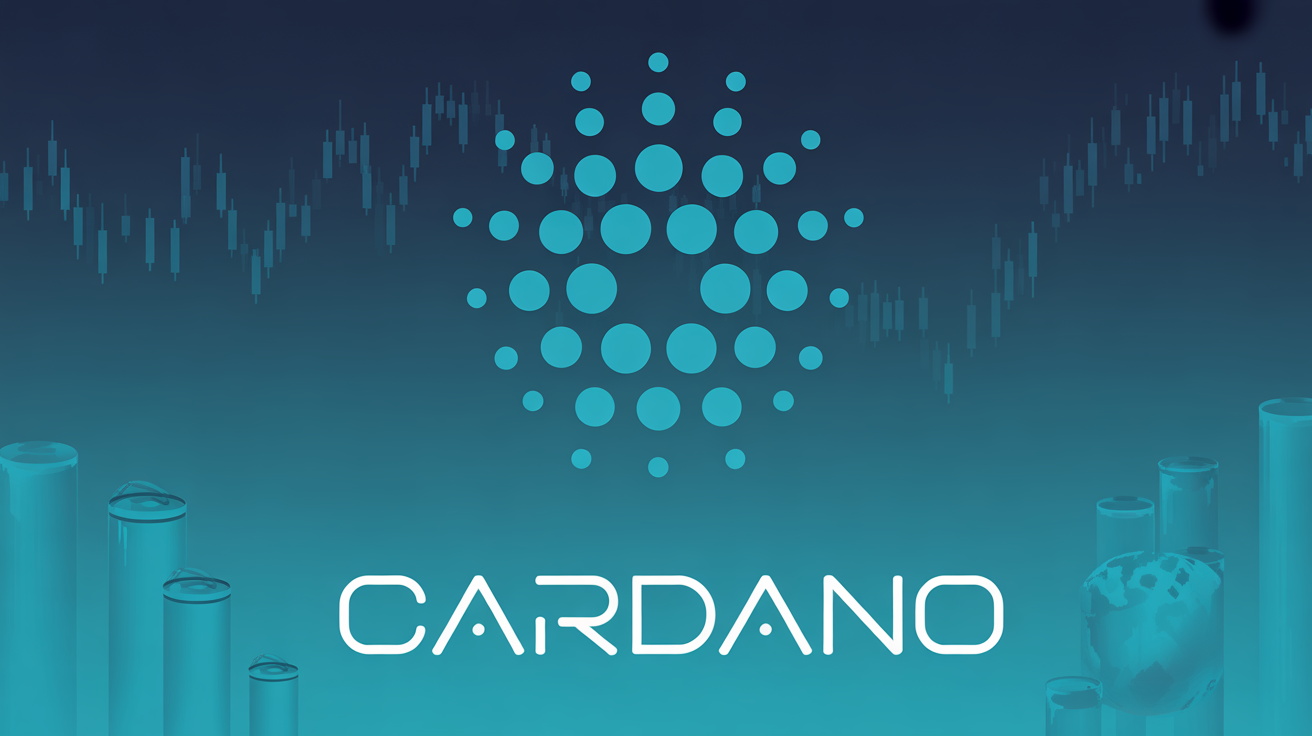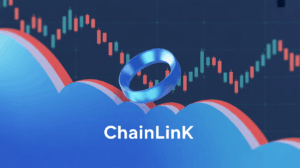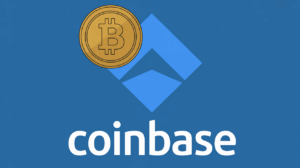Forgd’s Role in Streamlining the Token Launch Experience for Crypto Platforms
Launching a token is simple nowadays, but achieving lasting success requires careful planning and analytics, explains Shane Molidor, founder of Forgd.
“Platforms like pump.fun have made token creation easier than ever, but launching a utility token that performs well is more challenging due to limited investor attention and finite capital,” Molidor told CoinDesk.
Forgd offers a free platform that helps crypto projects design tokenomics, collaborate with market makers, secure exchange listings, and set launch valuations. Post-launch, projects can track market maker behavior, monitor token unlocks, and optimize demand through Forgd’s analytics tools.
Alongside software, Forgd provides advisory services for larger projects and has built a portal for token advisory firms and market makers to manage portfolios and track performance transparently.
According to Molidor, over 1,500 projects have used Forgd tools—ranging from experimental research to serious “blue chip” tokens backed by venture capital and with valuations exceeding $100 million on top centralized exchanges.
While Molidor did not disclose specific names, he stated many top market tokens were launched using Forgd’s platform. His mission is to demystify and standardize token launches, guiding innovators through the often opaque market microstructure.
Insights Backed by Data
Forgd’s approach involves analyzing recent successful launches by reviewing token distributions, emission rates, launch day prices, market caps, and volumes.
They also evaluate market makers’ historical contributions—order book shares, trade execution quality, and spreads—to help projects pick effective liquidity partners.
With the market constantly shifting, Forgd continuously updates its database with new launch data. Although focused mainly on crypto-native firms, Forgd has engaged with institutional players eager to understand token launches.
Fixing a Broken Model
Molidor criticizes today’s token launch norms, where inflated initial valuations and long-term inflationary token emissions lead to unsustainable dynamics. Investor interest often fades quickly after the initial hype.
He points out that exchanges and market makers often manufacture opening price surges, leaving projects with little control.
Many projects also struggle to manage market maker relationships well, unintentionally encouraging price pumping that may damage long-term token health.
Molidor advocates for launch structures that encourage ongoing secondary market demand. Unlike traditional IPOs backed by institutional underwriters, tokens typically depend on retail speculation.
Potential solutions include capping initial institutional investments with a portion reserved for secondary market support. On-chain mechanisms could also incentivize sustained demand, such as token or stablecoin rewards that reduce institutional cost basis post-launch.
“DeFi changed liquidity forever. I expect on-chain incentives will soon transform token launches, helping projects build durable value beyond the initial price spike,” Molidor said.
Share this content:













